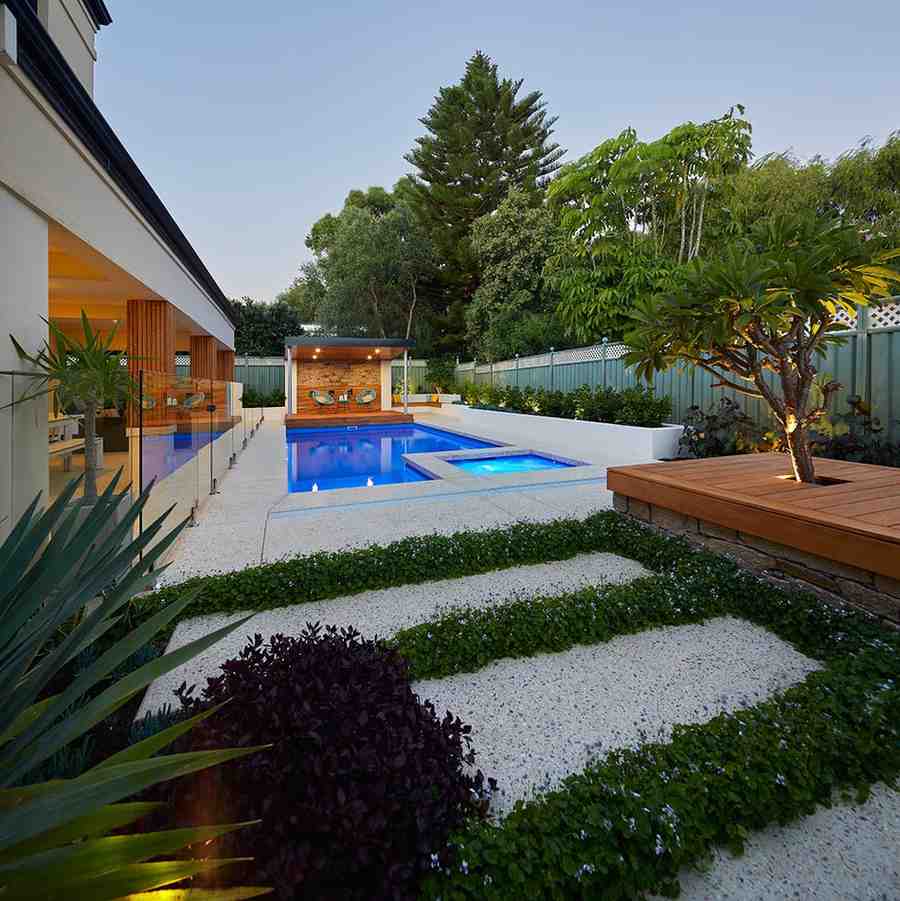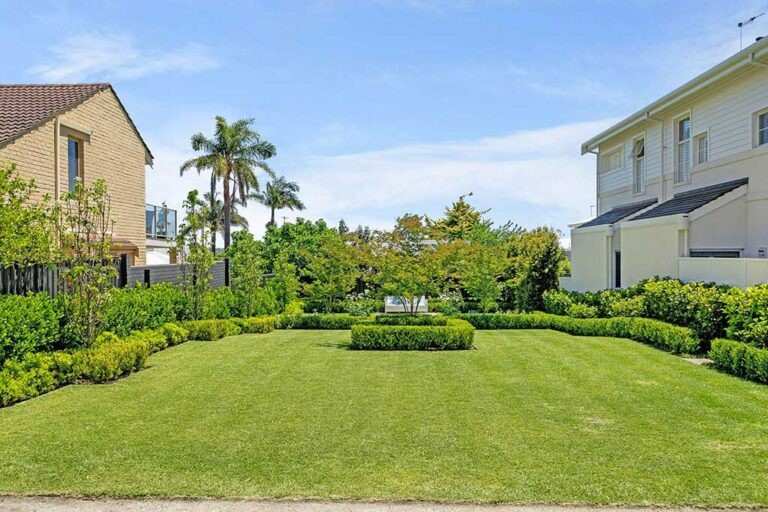
An important consideration for anyone who undertakes a landscape design, be they a professional landscaper or a homeowner wishing to update their garden, is the location they are in, or rather what the climate is at that location.
It stands to reason that a landscaped garden designed in Perth, Scotland is going to be a lot different to one designed in Perth, Western Australia. Differences include Perth in Scotland having around 2 - 3 inches of rain every month whereas Perth, WA has 7 months with less than 2 inches of rain and several close to zero.
This is one reason why you will find that there are landscape designs created and adapted specifically to suit climates that are predominately hot, dry and sunny, and conversely landscape designs that are suitable for areas where rainfall is plentiful, even if sunshine and warm days are not.
Of course, if we are to believe all the news stories about global warming and accept the evidence that many areas are seeing their average and peak temperatures increasing annually, then the time may come when more landscape designs suit the conditions we currently see in areas such as Western Australia rather than what is found in Scotland, although, even there the high-temperature record was broken yet again this year.
However, this is not an article about weather per se, but how to design landscaped gardens in a specific climate, and in this case we are looking at drier climates as experienced in many parts of Australia such as the aforementioned WA, and indeed most other states in Australia which are generally considered to be drier than many other parts of the world. Specifically, we are going to look at the types of lawns that are suited to the drier conditions found in those locations....







